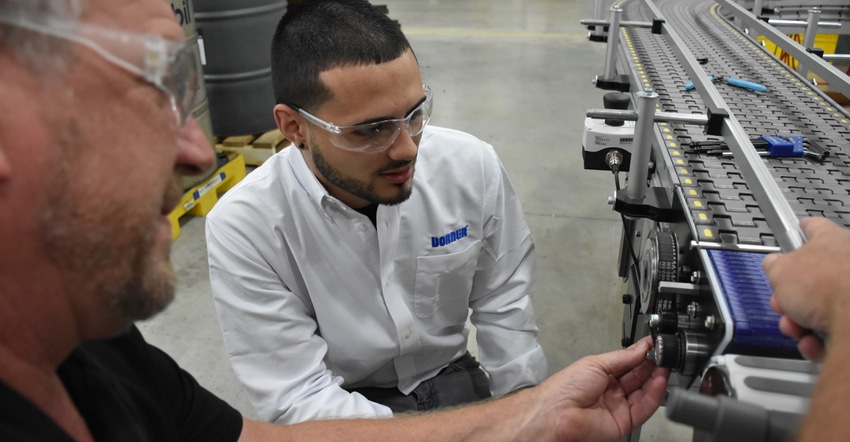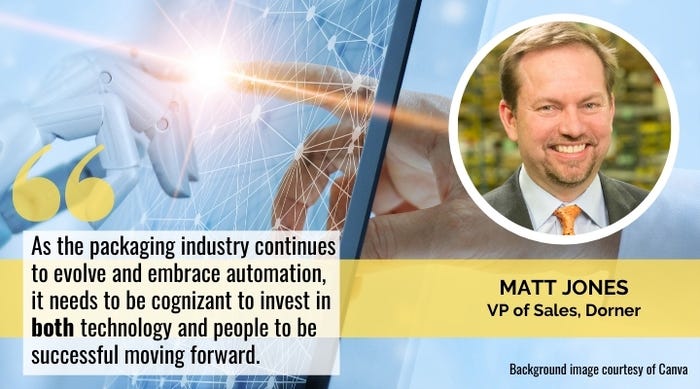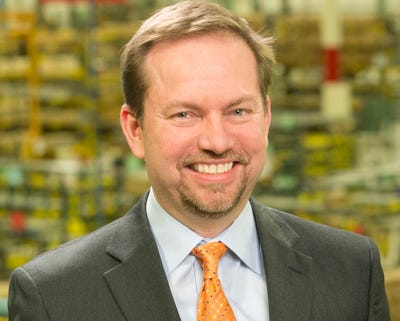Robots and conveyors help boost packaging efficiencies, yes. But don’t discount the value of people.

The combination of robotics and conveyors are making great strides when it comes to adding productivity and efficiencies to the packaging industry. The advent of smaller, agile collaborative robots, or cobots, which are designed to safely share a workspace with people, is opening up new applications within packaging, assembly, and other industries that previously didn’t have any robotic interaction.
However, the equipment is just part of the equation — people and the creativity to make those visions a reality is the other. As the packaging industry continues to evolve and embrace automation, it needs to be cognizant to invest in both technology and people to be successful moving forward.

Conveyors have become integral components within the packaging industry, thanks in large part to the successful integration of robotics. That’s because robotic manufacturers have gone to great lengths to remove a lot of the guess work, as well as the fear and unknown often associated with programing these systems. But the integration between robot and conveyor system is a much easier endeavor, too. This is helping to drive many traditional conveyor applications to consider adding robotics.
The process to streamline the conveyor/cobot integration begins with robotic manufacturers, some of whom have created their own software to make installation and programming fast and easy. For example, conveyors and related accessories can be controlled with robotic software plug-ins to aide in setup, configuration, and control. Once the program is installed, the conveyors can be added to the cobot control program, and the user is able to set the inputs and outputs needed for starting, stopping, speed preference, and monitor status information. This integration acts as a handshake between the conveyor and cobot, where an operator can run multiple conveyors off the controller at one time; as well as observe overall line performance.
This is a great example of how robotics and conveyors are working together to help change packaging. But robotics cannot do it alone — it takes people to make it happen.
The packaging industry has done a good job in recent years of promoting itself to younger people as a strong, vibrant career field to enter. Packaging majors based on STEM curriculum are now offered in more than 20 colleges and university across the country. Many companies have established direct pipelines to these schools as a way to fill open positions for graduates. The promise of a good-paying job in a dynamic industry that allows people to flex their creative engineering strengths is a great recruiting tool. The industry as a whole has made terrific strides, but it’s imperative we don’t let off the gas now.
We need to continue building interest in packaging and raise more awareness to the career opportunities this high-tech industry has to offer. People who work in packaging know firsthand that this industry is a destination career with great prospects for advancement, but do young people know that?
We need to shout this with a megaphone and attract the best and brightest — because they will be rewarded. By investing in both technology and people, the industry will be in good hands.
About the Author(s)
You May Also Like




